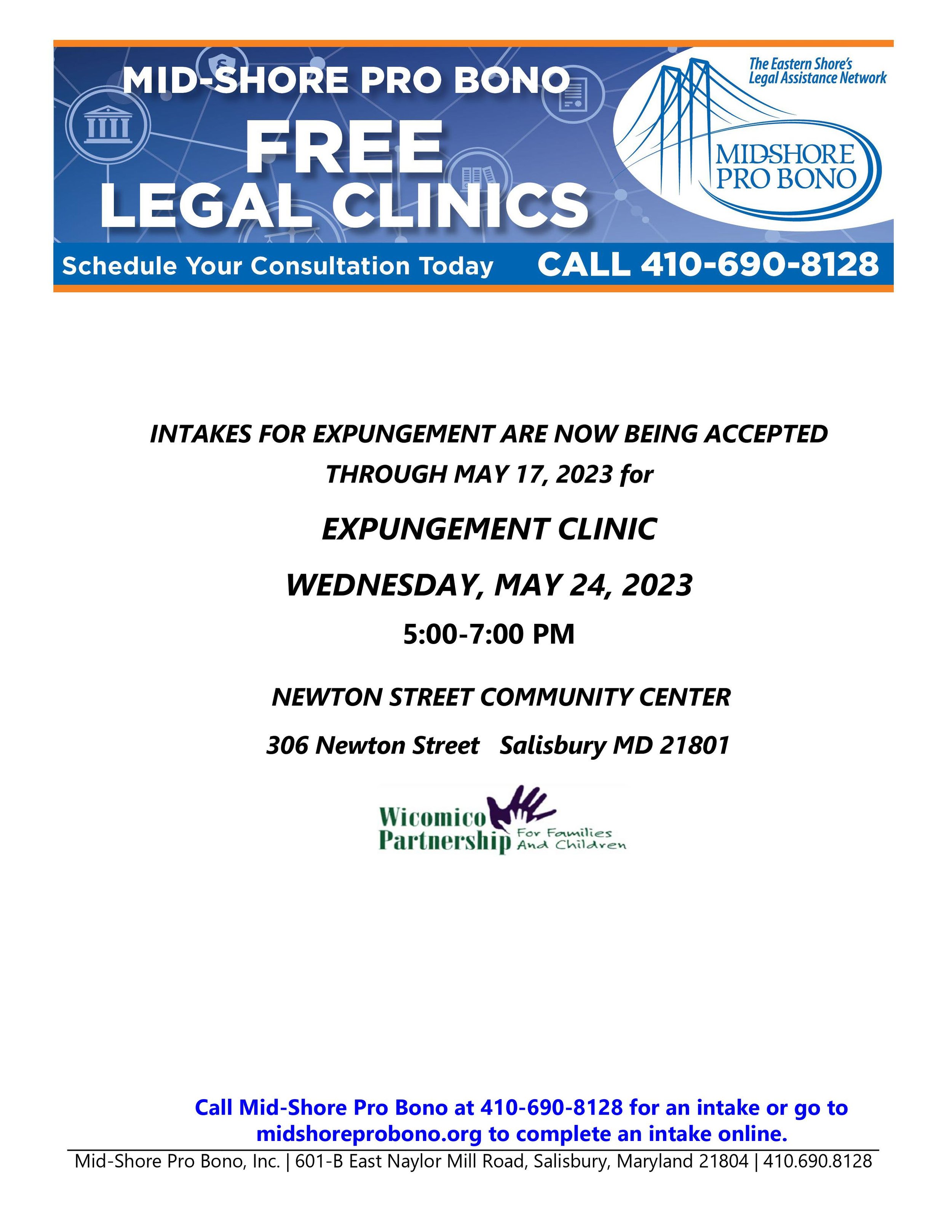Observed every September in the United States to raise awareness about suicide, its prevention, and the warning signs, it's a time when mental health advocates, prevention organizations, survivors, allies, and community members unite to promote suicide prevention awareness. The National Institute of Mental Health (NIMH) describes suicide as a major public health concern and a leading cause of death in the U.S.
Various organizations, such as the National Alliance on Mental Illness (NAMI), provide opportunities to participate in several annual mental health awareness events throughout this month. The National Child Traumatic Stress Network (NCTSN) also compiles a list of helpful resources for parents, caregivers, children, teens, and mental health professionals. This month is important because it serves as a key period to rally the public, create awareness of this leading cause of death, and inspire more people to get involved in prevention efforts.
Youth experiencing homelessness have a higher rate of suicide vulnerability.
It's important to note that many factors often interact in complex ways, and the relationship between homelessness and suicide is influenced by a range of individual, interpersonal, and societal factors. Here are some key contributors.
Mental Health Issues: Homeless youth often suffer from mental health disorders such as depression, anxiety, and post-traumatic stress disorder (PTSD), which are known risk factors for suicide.
Substance Abuse: Substance use disorders are common among homeless youth, and these can exacerbate mental health issues and increase the likelihood of suicidal ideation and attempts.
Trauma: Many homeless youth have experienced physical or sexual abuse, family conflict, or other forms of trauma. These traumatic experiences can lead to feelings of hopelessness and despair, increasing the risk of suicide.
Isolation and Lack of Support: Being homeless often means being disconnected from family and social support networks, which can intensify feelings of loneliness and isolation, contributing to suicidal thoughts.
Lack of Access to Mental Health Services: Homeless youth often lack access to adequate healthcare, including mental health services. This lack of treatment and support can make it more difficult for them to cope with mental health issues and suicidal ideation.
Discrimination and Stigmatization: Homeless youth often face discrimination and stigmatization which can lead to low self-esteem and increased risk of suicide.
This month is dedicated to educating people about the reality of suicide, the right preventive measures, and how each person can play a role in preventing suicide. We will be sharing public resources to shed light on this highly taboo and stigmatized topic.
What you can do to help...
Educate Yourself and Others: Learn about the risk factors and warning signs of suicide. Share this information with your friends, family, or social media followers. The more people know, the better equipped they are to intervene if necessary.
Spread the Word: Share posts, articles, and stories on your social media accounts. Use hashtags like #SuicidePrevention or #StigmaFree to make it easier for others to find helpful information. Utilize the Fenix Youth Crisis Text Line by texting FENIX to 471471.
Participate in Events: Many organizations host events during September that raise awareness about suicide prevention. Participating in these events can give you a platform to share your story, learn from others, and raise funds for research and prevention.
Volunteer: Consider volunteering with a crisis hotline or a local mental health organization. These organizations often need volunteers to provide support and resources to those in need.
Advocate: Contact your local government officials to advocate for policies that support mental health and suicide prevention. This could include advocating for mental health education in schools or funding for mental health services.
Check-In: If you're worried about someone, reach out to them. Ask them how they're doing and listen without judgment. Sometimes, just knowing someone is there can make a big difference.
Donate: If you're able, consider making a donation to a suicide prevention organization. Your donation could go towards research, resources, training, and advocacy.
What else is Fenix Youth Project doing this month?
We’re always on a mission to uplift and inspire our youth. This month we're facilitating different fundraisers and programs you can be involved in! Below is a list of activities/ things you can do to help.
Attend our Sneaker Ball! Saturday, Sep 16th at SU Art Galleries (downtown, doors open at 7)
Stop at our pop-up thrift fundraiser during third Friday downtown! You can fill a paper bag with clothing/ shoes for $20! (Friday Sep 22nd)
Join our “Stay Ready” program on Tuesday evenings from 5-7! This is located in our suite and only open to homeless youth. Dinner is provided.
Volunteer with us!
Donate Mental Health Support Activities Items like journals, adult coloring books, art supplies, etc.
Get Involved with Fenix on our website https://fenixyouthproject.org/get-involved




